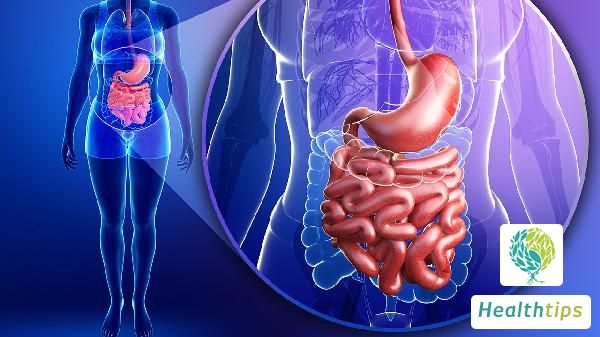"What are the symptoms of uremia?"
Uremia Syndrome
Uremia is a syndrome characterized by a series of clinical manifestations that arise when chronic kidney disease progresses to its end stage. The primary symptoms of uremia include edema, chest tightness, anemia, and hypertension.

1. Edema
Edema is the most common symptom of uremia, often progressing gradually. Initially, it manifests as facial edema, which can gradually spread to the limbs and the entire body as the disease progresses. Patients often experience edema in the lower extremities, and in severe cases, it can involve the entire body.
2. Chest Tightness
Early stages may be accompanied by symptoms of chest tightness and shortness of breath, related to excessive volume load. As the disease progresses and water-sodium retention worsens, pleural effusion and ascites may occur. When uremic patients develop pulmonary edema, it can induce dyspnea or respiratory muscle paralysis.
3. Anemia
Anemia is a relatively common symptom of uremia, primarily caused by decreased erythropoietin secretion by the kidneys. As the disease progresses, the reduction in erythropoietin leads to worsening anemia, and some patients may even experience skin and mucous membrane bleeding.
4. Hypertension
Long-term hypertension can contribute to the development of renal hypertension and is a risk factor for cardiovascular and cerebrovascular accidents in uremic patients. Additionally, uremic patients often have hyperkalemia and acidosis. When hyperkalemia occurs, symptoms such as limb numbness, arrhythmia, and even cardiac arrest may manifest. During acidosis, symptoms like nausea, vomiting, and loss of appetite may appear.
Upon diagnosis of uremia, active treatment is recommended, including options such as kidney transplantation, hemodialysis, and peritoneal dialysis. Daily life management should involve dietary restrictions, particularly limiting water, sodium, and protein intake, to prevent disease exacerbation.



















